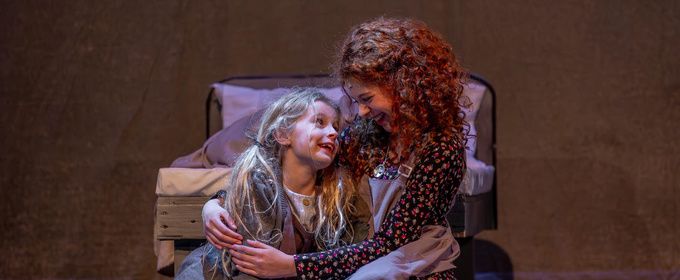Trending Stories
Recommended for You
Contest: Win Opening Night Tickets to TITANIQUE on Broadway
The prize includes opening night tickets, dinner for two, and a merch prize pack.
BEETLEJUICE Will Host Sing-Along Finale at Closing Performance
The show will end its limited 13-week Broadway return engagement at The Palace Theatre on January 3, 2026.
20 Theater Books for Your Winter 2026 Reading List
Broadway authors this season include Liza Minnelli, John Doyle, Marc Shaiman, and more.
Broadway Grosses: Week Ending 12/28/25 - WICKED Reclaims Top Spot During Holidays
View the latest Broadway Grosses
Ticket Central
Industry
West End
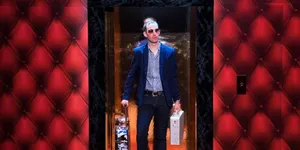
Critics’ Choice: Franco Milazzo's Best Theatre Of 2025
"It’s difficult to say at which exact point I noticed that my jaw had dropped and stayed dropped."
"It’s difficult to say at which exact point I noticed that my jaw had dropped and stayed dropped."
New York City

Review: THANK YOU, TOM LEHRER at City Winery
A journey through the music & life of Mr. Tom Lehrer. The show returns on 2/16
A journey through the music & life of Mr. Tom Lehrer. The show returns on 2/16
United States

Review: THE NEIL DIAMOND MUSICAL A BEAUTIFUL NOISE at Broadway San Jose
Now through January 4th at Broadway San Jose!
Now through January 4th at Broadway San Jose!
International

Post-apokalyptický zážitek v podobě plzeňského JESUS CHRIST SUPERSTAR
Divadlo Josefa Kajetána Tyla uvedlo za dva roky uvádění již vice než šedesát repríz legendárního muzikálu
Divadlo Josefa Kajetána Tyla uvedlo za dva roky uvádění již vice než šedesát repríz legendárního muzikálu









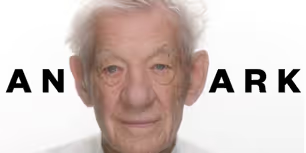
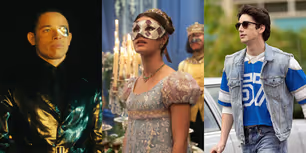

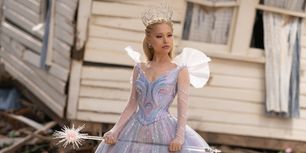





.jpg)
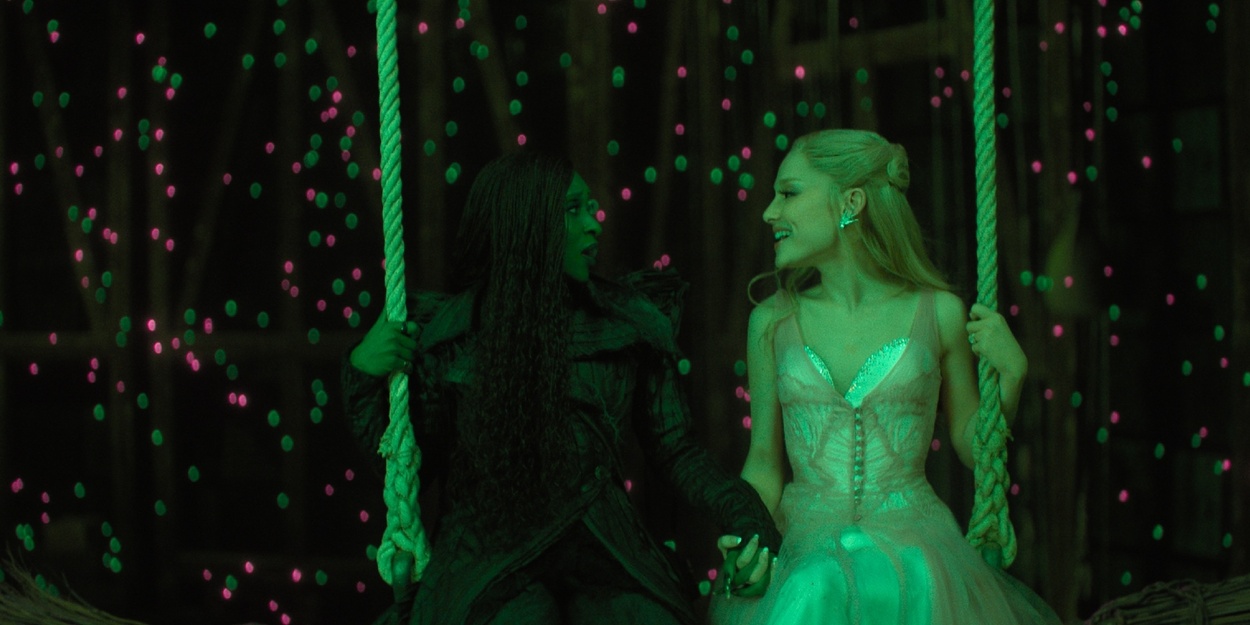


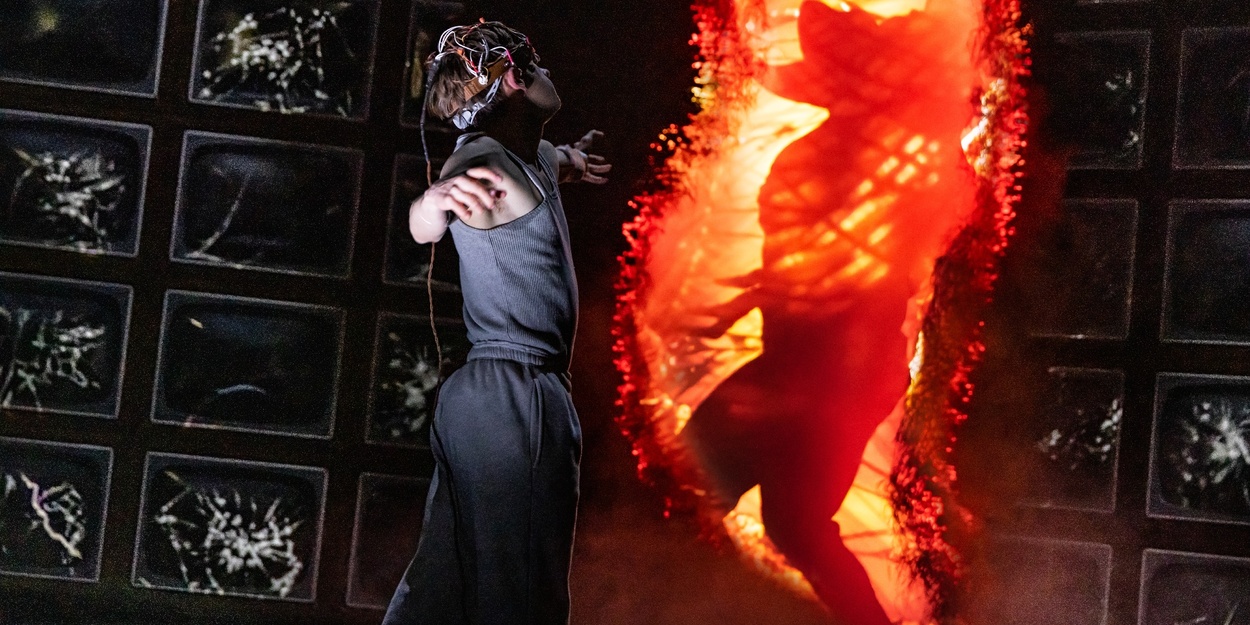

















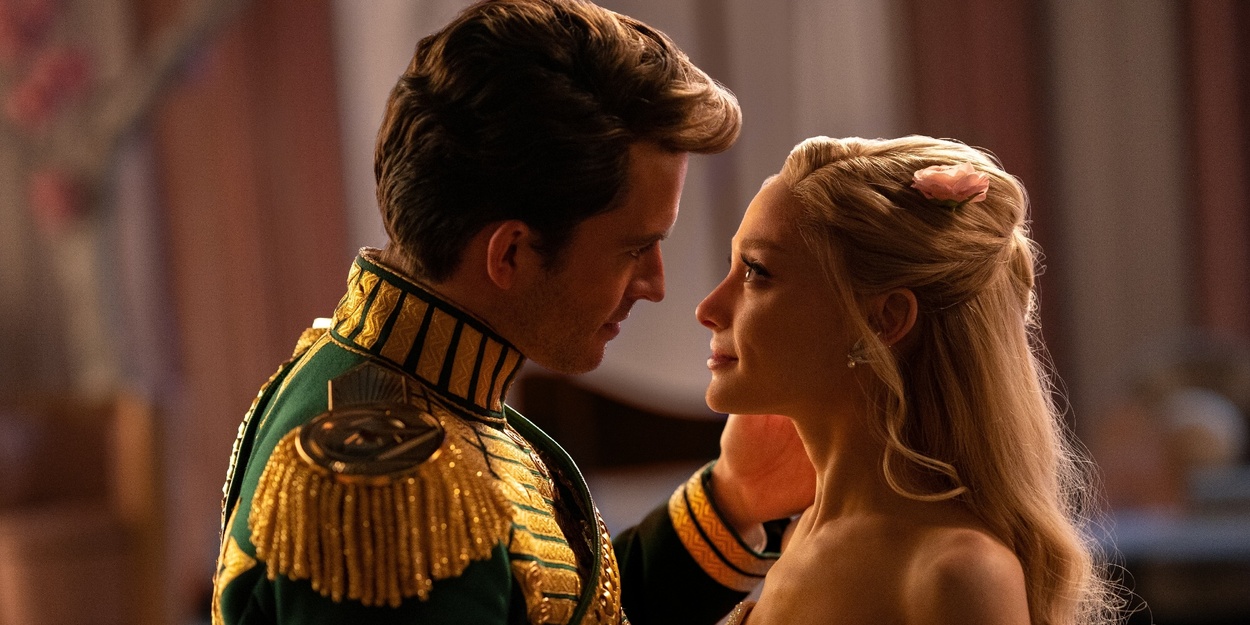




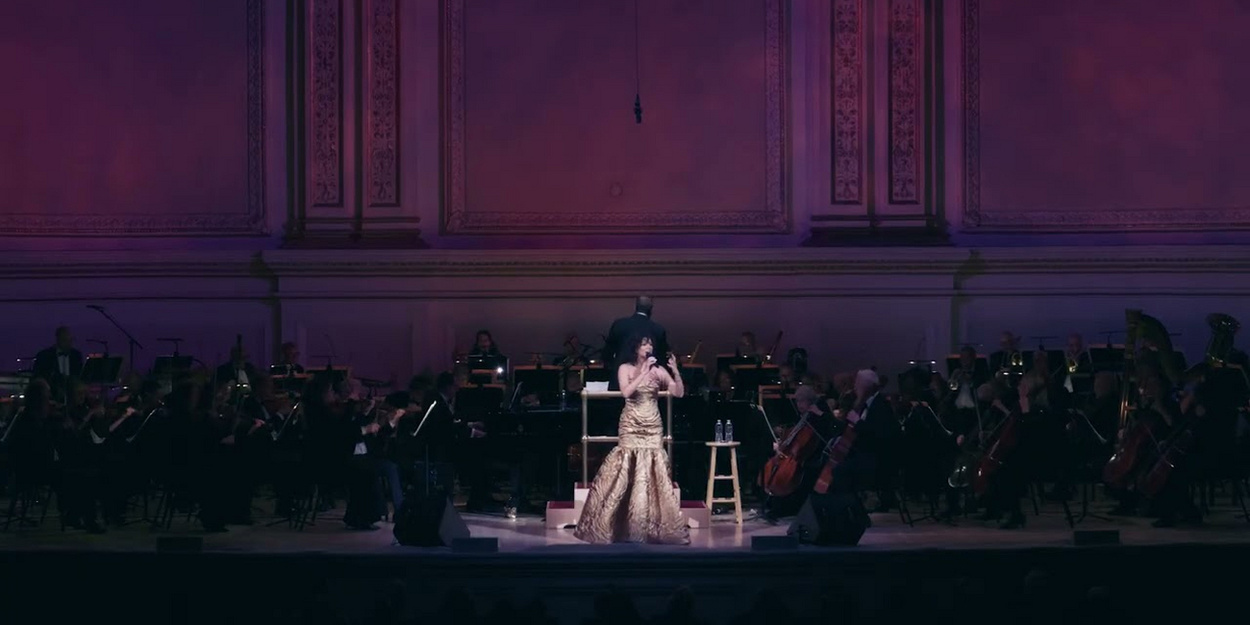



.jpg?format=auto&width=606)



























